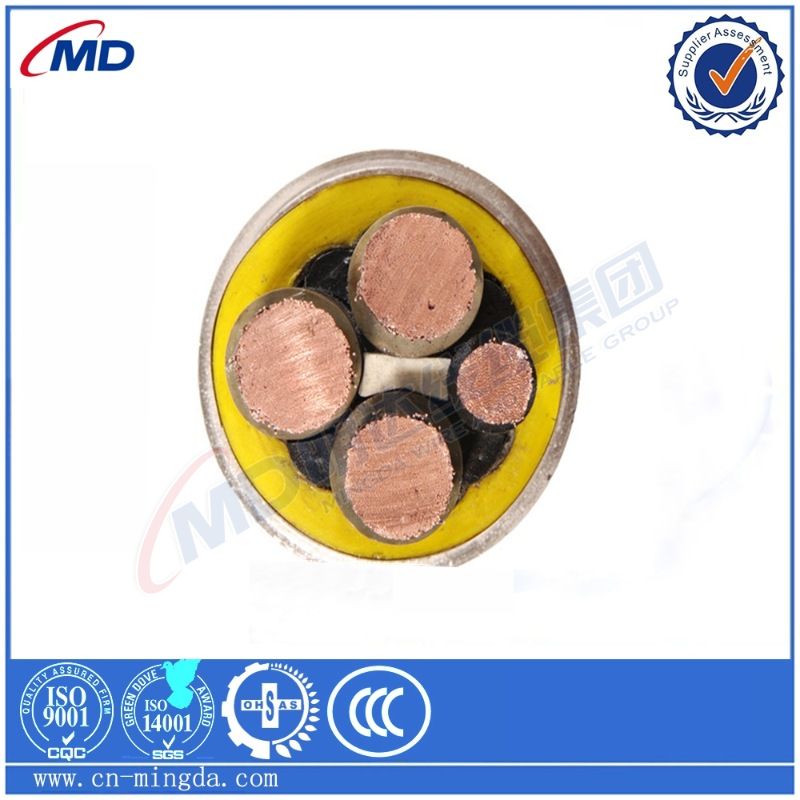Nov . 30, 2024 01:12 Back to list
grooved end butterfly valve
Understanding Grooved End Butterfly Valves Features and Applications
Butterfly valves are vital components in many industrial applications, particularly for regulating the flow of fluids in piping systems. Among the various designs available, the grooved end butterfly valve stands out for its unique connection method, offering a blend of efficiency, ease of installation, and adaptability. This article explores the features, advantages, and applications of grooved end butterfly valves.
What is a Grooved End Butterfly Valve?
A grooved end butterfly valve is characterized by its unique grooved connection design, which allows for quick and reliable installation onto pipes. Unlike traditional flanged valves that require bolting to a flange, grooved end valves utilize a clamp or coupling mechanism. This design simplifies the installation process, making it easier and faster to connect pipes with the valve.
The valve consists of a circular disc or butterfly that is pivotally mounted within the valve body. When the valve is rotated, the disc opens or closes, regulating the flow of media—such as water, air, gas, or various industrial liquids—through the system. The grooved end design enhances the overall efficiency and performance of the valve.
Key Features
1. Ease of Installation The grooved end design allows for quick assembly and disassembly. This feature is particularly beneficial in systems requiring frequent maintenance or where speed of installation is a priority.
2. Compact Size Grooved end butterfly valves are generally more compact than their flanged counterparts, making them suitable for applications with space constraints.
3. Cost-Effective The simplified installation process can lead to reduced labor costs and lower overall expenditures on piping systems. Additionally, they often require less material, leading to cost savings in valve manufacturing.
4. Versatile Applications Grooved end butterfly valves are versatile and can be used in various industries, including water treatment, HVAC systems, chemical processing, and fire protection systems. They are suitable for both low and high-pressure applications, depending on the specifications.
5. Durable Construction These valves are typically made from robust materials such as stainless steel, cast iron, or PVC, ensuring durability and reliability under various operating conditions.
grooved end butterfly valve

6. Good Flow Characteristics The design of the disc allows for efficient flow, even at partial openings. This characteristic makes grooved end butterfly valves excellent choices for throttling applications.
Applications
Grooved end butterfly valves find their place in numerous industries and applications
- Water and Wastewater Treatment They are commonly used for regulating water flow in treatment plants due to their durability and ability to handle different liquid types.
- Fire Protection Systems In fire suppression systems, these valves are crucial for controlling the flow of water or fire retardant liquids.
- HVAC Systems They help manage airflow and are crucial for controlling the temperature in heating, ventilation, and air conditioning systems.
- Chemical Processing In chemical plants, grooved end butterfly valves are employed to manage the flow of various liquids and gases, ensuring safety and efficiency.
- Food and Beverage Industry Due to hygiene standards, these valves can also be designed using materials suitable for food-grade applications, ensuring safety and compliance with regulatory standards.
Conclusion
In summary, grooved end butterfly valves are essential components in various industries, offering simplicity in installation, compactness, and versatility in applications. Their robust construction and efficient flow characteristics make them a preferred choice for many engineers and system designers. As industries continue to evolve, the demand for reliable and effective flow control solutions like grooved end butterfly valves will remain high, ensuring they play an integral role in modern infrastructure.
Share
-
Reliable Wafer Type Butterfly Valves for Every IndustryNewsJul.25,2025
-
Reliable Flow Control Begins with the Right Ball Check ValveNewsJul.25,2025
-
Precision Flow Control Starts with Quality ValvesNewsJul.25,2025
-
Industrial Flow Control ReliabilityNewsJul.25,2025
-
Engineered for Efficiency Gate Valves That Power Industrial PerformanceNewsJul.25,2025
-
Empowering Infrastructure Through Quality ManufacturingNewsJul.25,2025